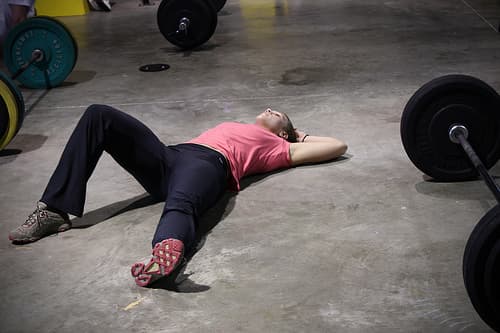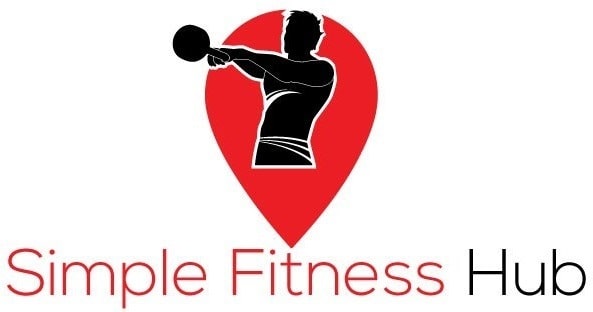
When I started CrossFit, I experienced the joy of something called Delayed Onset Muscle Soreness (DOMS). And it wasn’t the run-of-the-mill type of DOMS, but rather this is the “I can’t walk up the stairs” or “I can’t straighten my arms” kind of sore.
For me it was a workout that involved 150 barbell back squats plus 200 walking lunges.
What is Delayed Onset Muscle Soreness (DOMS)?
DOMS is muscle soreness that presents itself anywhere from 12 to 72 hours following a bout of strenuous exercise. An outdated theory of DOMS is that it is caused by the accumulation of lactic acid in the muscles, but this has been proven incorrect.
From Scientific American:
“Contrary to popular opinion, lactate or, as it is often called, lactic acid buildup is not responsible for the muscle soreness felt in the days following strenuous exercise. Rather, the production of lactate and other metabolites during extreme exertion results in the burning sensation often felt in active muscles.”
The correct view of DOMS is that it is the result of trauma to muscle cells at the microscopic level and usually occurs when a muscle group is performing an eccentric contraction (a contraction when the muscle is fully stretched out). These “traumas” are small muscle tears that lead to a process where the body adapts and heals the injury. In other words, you become stronger.
Is DOMS a Bad Thing?
The process of muscle damage and repair is a necessary ingredient for adaption; however it is NOT necessary for you to damage your muscle cells so much that you can’t walk for 4 days. Even if you are brand new to exercise, you can show steady improvement simply by beginning at an appropriate volume AND intensity. But if you overdo it and take yourself out of commission, you are obviously limiting your ability to train.
The other thing to understand is that it is a small step between a severe case of DOMS and a minor case of Rhabdomyolysis. Rhabdomyolysis begins when the body has to struggle to remove the waste products that come as a result of skeletal muscle damage. And just like with DOMS, exercise induced Rhabdo is typically as a result of overdoing eccentric contractions. Here is a link to a short report from 2005 concerning Rhabdomyolsis in 119 high school students in Taipei who were instructed to do 120 pushups within 5 minutes in cold weather.
While Rhabdomyolsis is rare, if you experience the symptoms of DOMS and you have serious muscle swelling (edema) and/or dark urine, seek medical attention immediately.
Can DOMS be Minimized?
If you are just starting an exercise program, it can be difficult to know exactly how much stress your body can handle. Unintentionally overdoing it is a real possibility. Here are a few things that can help.
- Warm up before exercise: Studies have determined that by slightly elevating the temperature of your muscles, you will lessen the effects of DOMS.
- Cool down after exercise.
- Stay hydrated so that your kidneys can remove damaged muscle protein from the bloodstream.
- Use a foam roller post-workout.
- Try active recovery. Instead of totally taking the day off after a hard bout of exercise, go for a jog or a walk to improve the blood flow to your muscles.
Keep in mind, repeated bouts of a similar exercise will lead to adaption – you will get stronger and more capable.
